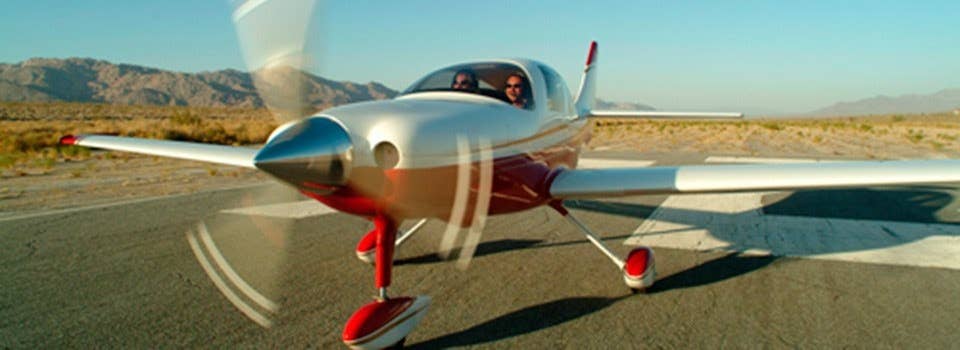U.S. Aviation First: Private Pilot Certificate Earned Using an Electric Airplane
For the first time in the U.S., a student pilot has earned a private pilot certificate using an electric aircraft.

Pipistrel’s Velis Electro is the world’s first type certified electric airplane. [Courtesy: Right Rudder Aviation/Andrew Chan]
For the first time in the U.S., a student pilot has earned a private pilot certificate using an electric aircraft.
Shane Fisher flew his check ride in a Pipistrel Velis Electro on March 6 at Right Rudder Aviaton’s flight school at Florida’s Inverness Airport (KINF). The two-seat trainer is the world’s first electric-powered airplane to receive a type certificate. It was certificated by EASA in 2020, but in the U.S., it operates under light sport experimental aircraft rules.
“This is a fantastic accomplishment for both Shane and the aviation industry as a whole, as this major milestone demonstrates the exciting possibilities and reality of electric aircraft in the training market here in the U.S.,” Right Rudder said in a statement released Friday.
He completed the cross-country requirements for his certificate in a Pipistrel Virus SW–with a similar airframe to the Velis, powered by a Rotax 912 engine. Fisher, of Ultimate Aviation, has since become a Pipistrel dealer, representing the brand in the Philadelphia area.
The achievement serves as a reminder of recent leaps forward in the development of battery-powered electric aircraft. Textron’s (NYSE: TXT) $235 million purchase of Pipistrel this year speaks volumes about Textron’s view on the future of electric flight.
About the Aircraft
The Velis Electro—a single-powerplant aircraft aimed at the pilot training market—has an empty weight (with batteries) of 941 pounds (428 kg) and an maximum takeoff weight (MTOW) of 1,320 pounds (600 kg). Payload: 378 pounds (172 kg). Its maximum speed is 98 kcas.
The airplane has a maximum endurance of 50 minutes, plus reserve, and a maximum recharging time of one to two hours.

Subscribe to Our Newsletter
Get the latest FLYING stories delivered directly to your inbox






